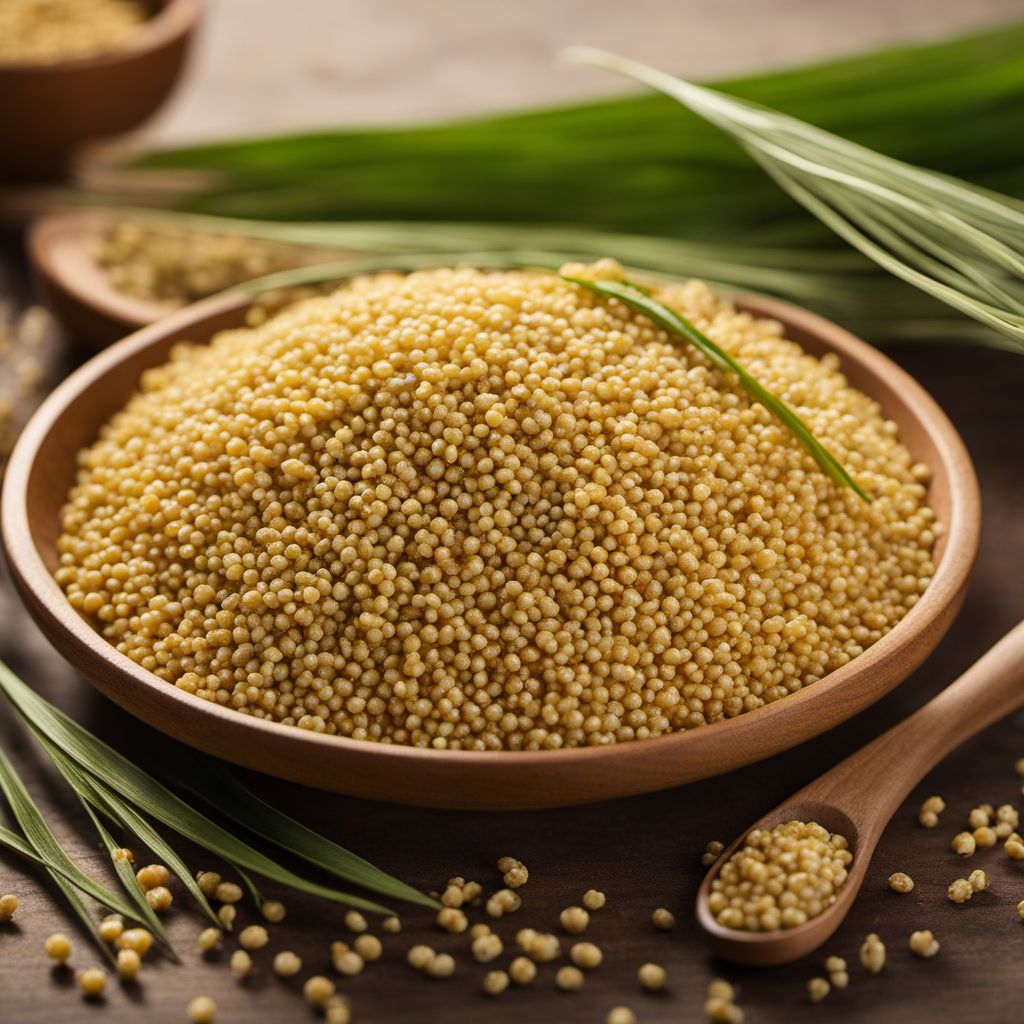
Ingredient
Barnyard millet
The Tiny Grain with Big Benefits: Exploring the Wonders of Barnyard Millet
Barnyard millet, also known as Echinochloa frumentacea, is a small, gluten-free grain that is pale yellow in color. It has a mild, nutty flavor with a slightly earthy undertone. The texture of cooked barnyard millet is fluffy and light, similar to couscous. This grain is highly versatile and can be used in both sweet and savory dishes, making it a popular choice for those seeking alternative grains in their diet. It is also rich in fiber, protein, and essential minerals, making it a nutritious addition to any meal.
Origins and history
Barnyard millet originated in India and has been cultivated for thousands of years. It has been an important part of the traditional diet in many Indian states, particularly in the southern regions. This grain has also been grown and consumed in other parts of Asia, including China and Japan. Historically, barnyard millet was considered a staple food for rural communities due to its ability to grow in diverse climatic conditions and its high nutritional value.
Nutritional information
Barnyard millet is a nutritional powerhouse, packed with fiber, protein, and essential minerals such as magnesium, phosphorus, and iron. It is also low in calories, making it an excellent choice for those looking to maintain a healthy weight.
Allergens
Barnyard millet is gluten-free and does not contain any known allergens.
How to select
When selecting barnyard millet, look for grains that are clean, dry, and free from any signs of moisture or insect damage. Opt for organic varieties whenever possible to ensure the highest quality and avoid any potential pesticide residues.
Storage recommendations
To maintain the freshness and quality of barnyard millet, store it in an airtight container in a cool, dry place. Properly stored, it can last for up to a year.
How to produce
Barnyard millet can be grown by amateur gardeners in regions with a suitable climate. It requires well-drained soil and moderate watering. Sow the seeds in spring or early summer, and harvest when the grains are fully mature and dry.
Preparation tips
Before cooking barnyard millet, rinse it thoroughly under cold water to remove any impurities. To cook, use a ratio of 1:2 (1 cup of millet to 2 cups of water) and simmer for about 20 minutes or until the grains are tender. It can be used as a substitute for rice, couscous, or quinoa in various recipes, such as pilafs, salads, or porridges. For added flavor, toast the millet in a dry pan before cooking to enhance its nutty taste.
Culinary uses
Barnyard millet can be used in a variety of dishes, including pilafs, salads, soups, and porridges. It can also be ground into flour and used in baking recipes, such as bread or muffins. Its mild flavor and fluffy texture make it a versatile ingredient in both sweet and savory applications.
Availability
Barnyard millet is commonly available in India, China, Japan, and other Asian countries. It can also be found in specialty health food stores or online retailers in other parts of the world.
More ingredients from this category
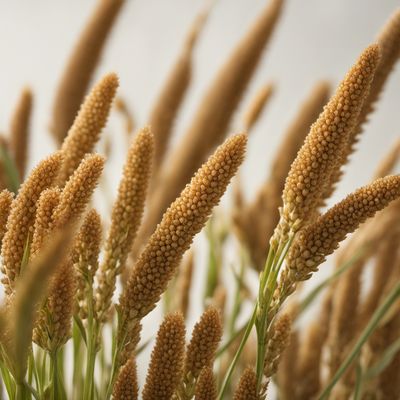
Pearl millet grain
The Nutrient-Rich Ancient Grain: Pearl Millet Unveiled

Canary grass grain
The Nutritional Powerhouse: Canary Grass Grain

White fonio grain
The Ancient Superfood: Unlocking the Power of White Fonio Grain
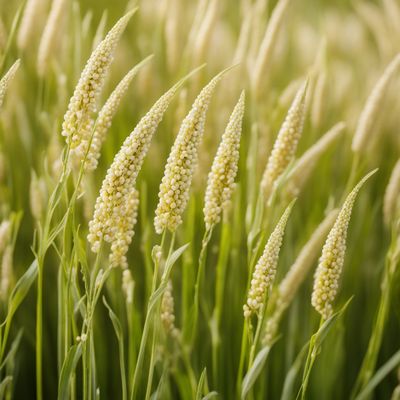
Little millet grain
The Mighty Mini Grain
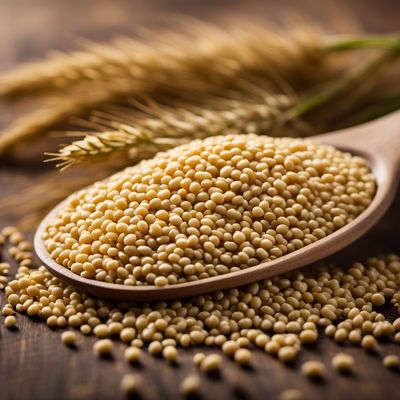
Foxtail millet grain
The Ancient Superfood: Foxtail Millet Grain
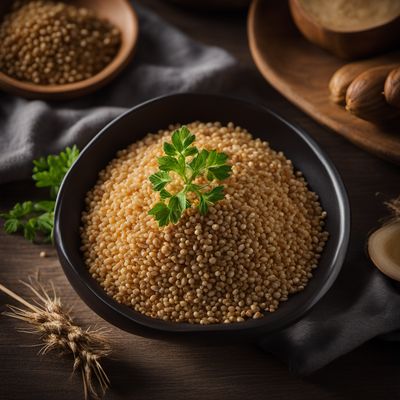
Black fonio grain
The Tiny Nutritional Powerhouse

Job's tears grain
The Ancient Grain of Health

Finger millet grain
The Nutritional Powerhouse: Finger Millet Grain
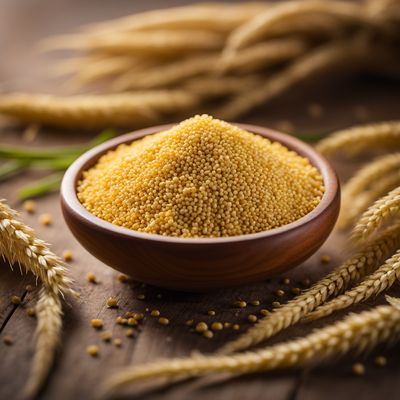
Common millet grain
The Mighty Millet: A Nutritious Ancient Grain
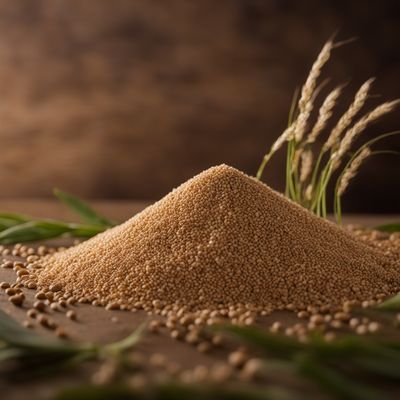
Teff grain
Teff: The Ancient Superfood